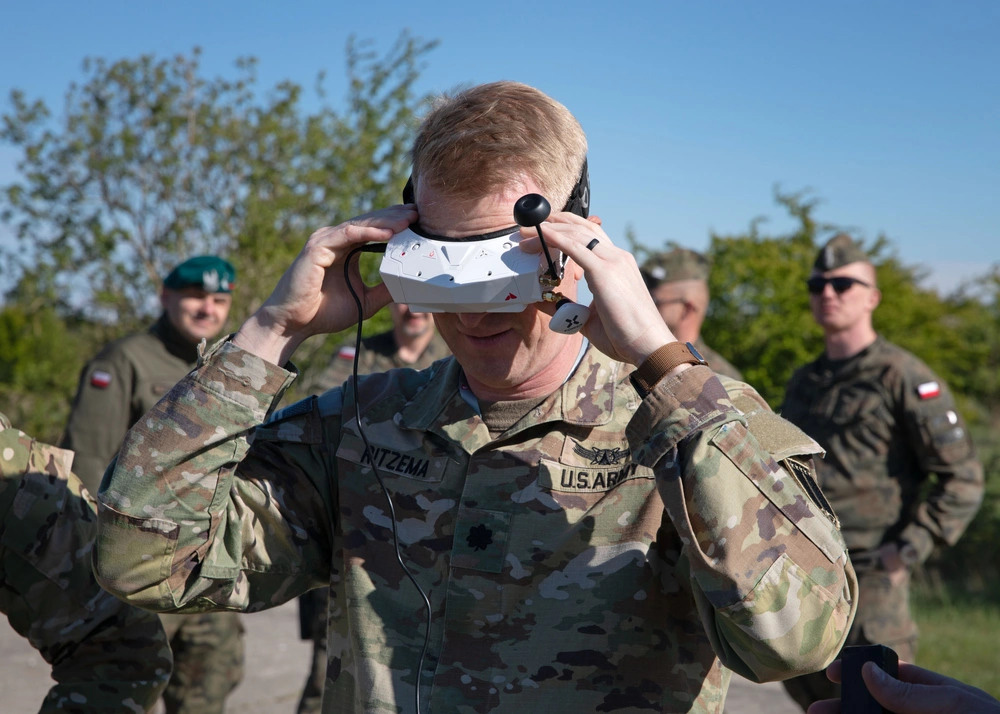
The Ted Stevens Center for Arctic Security Studies convenes monthly meetings of its National and Arctic Interest Chairs. The meetings are a platform for TSC-affiliated Arctic security experts to discuss issues of common interest.
During the July 9 meeting, the Chairs discussed Arctic defense innovation, including the roles of NATO and the defense industrial base.
During the 2025 NATO Summit, the allies endorsed a Rapid Adoption Action Plan, designed to accelerate the Alliance’s adoption of new technologies. In addition to setting the ambition to adopt and implement new technologies within 24 months, the plan outlines three shared objectives for NATO members: accelerate procurement and integration, de-risk new technological products, and ensure that new technological products are better tailored to Allied military needs.
The Chairs also highlighted NATO’s 2026 Operations in Extreme Environments Challenge as a driver of Arctic-specific innovations. The Challenge is part of the Defence Innovation Accelerator for the North Atlantic (DIANA), a NATO organization dedicated to identifying and accelerating the Alliance’s dual-use innovation capacity.
Among the barriers to rapid Arctic defense innovation, the Chairs identified structural and prioritization challenges within the research and development process. Field operators with the most complete understanding of technological requirements often fall at the end of the innovation chain. Additionally, the Chairs noted that progress will require better alignment between military priorities and defense industrial base incentives.
The TSC has multiple initiatives aimed toward enabling more rapid Arctic defense innovation, including panels, dialogues, and research workshops intended to connect innovators with operators to solve problems.
The TSC’s National and Arctic Interest Chairs program integrates national Arctic security networks as well as distinguished subject matter experts to advance a common understanding of Arctic security and best practices for Arctic security and defense. The Chairs include representatives from Norway and Sweden as well as Chairs from the U.S. Coast Guard and the Alaska National Guard in addition to a Chair for Polar Governance
